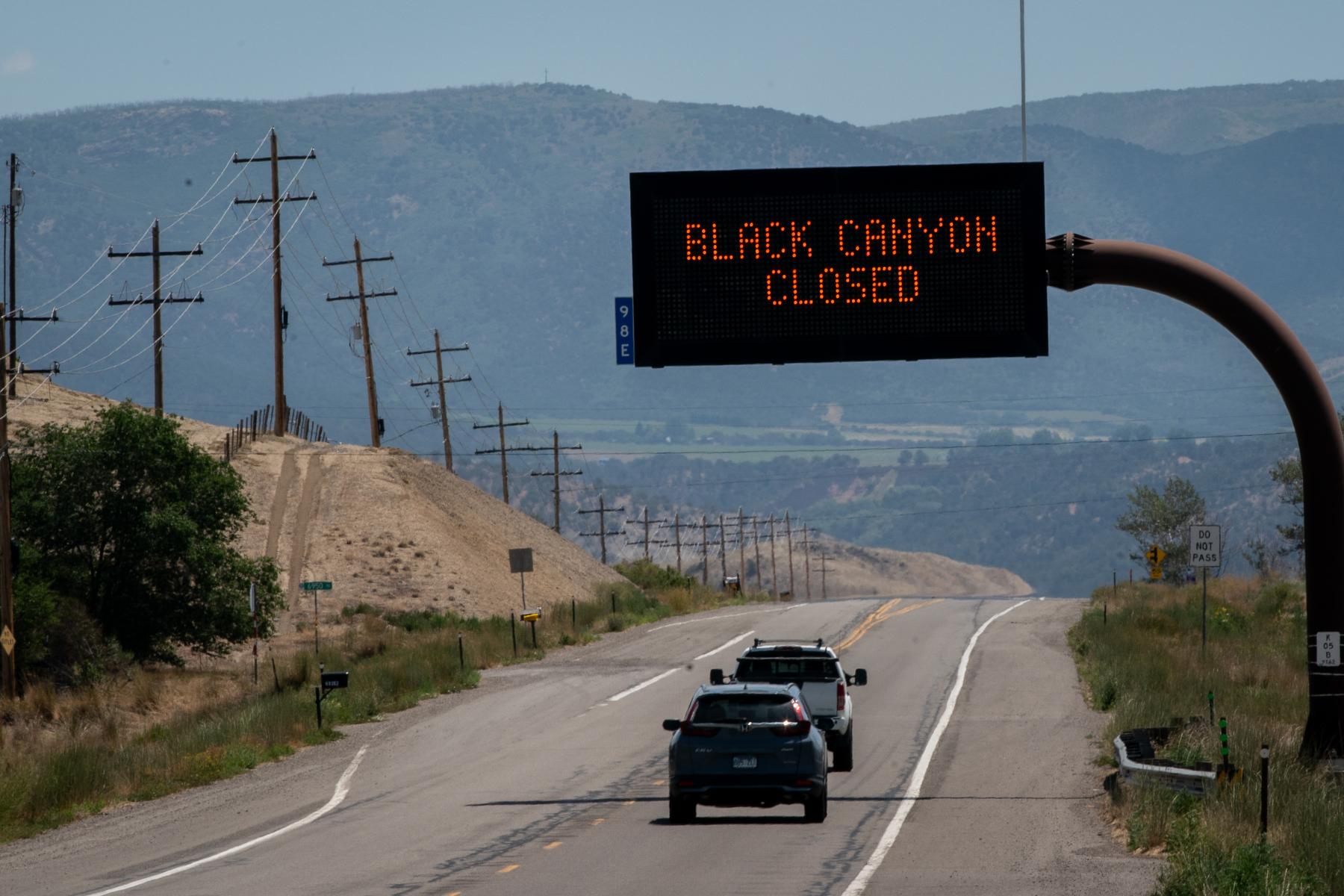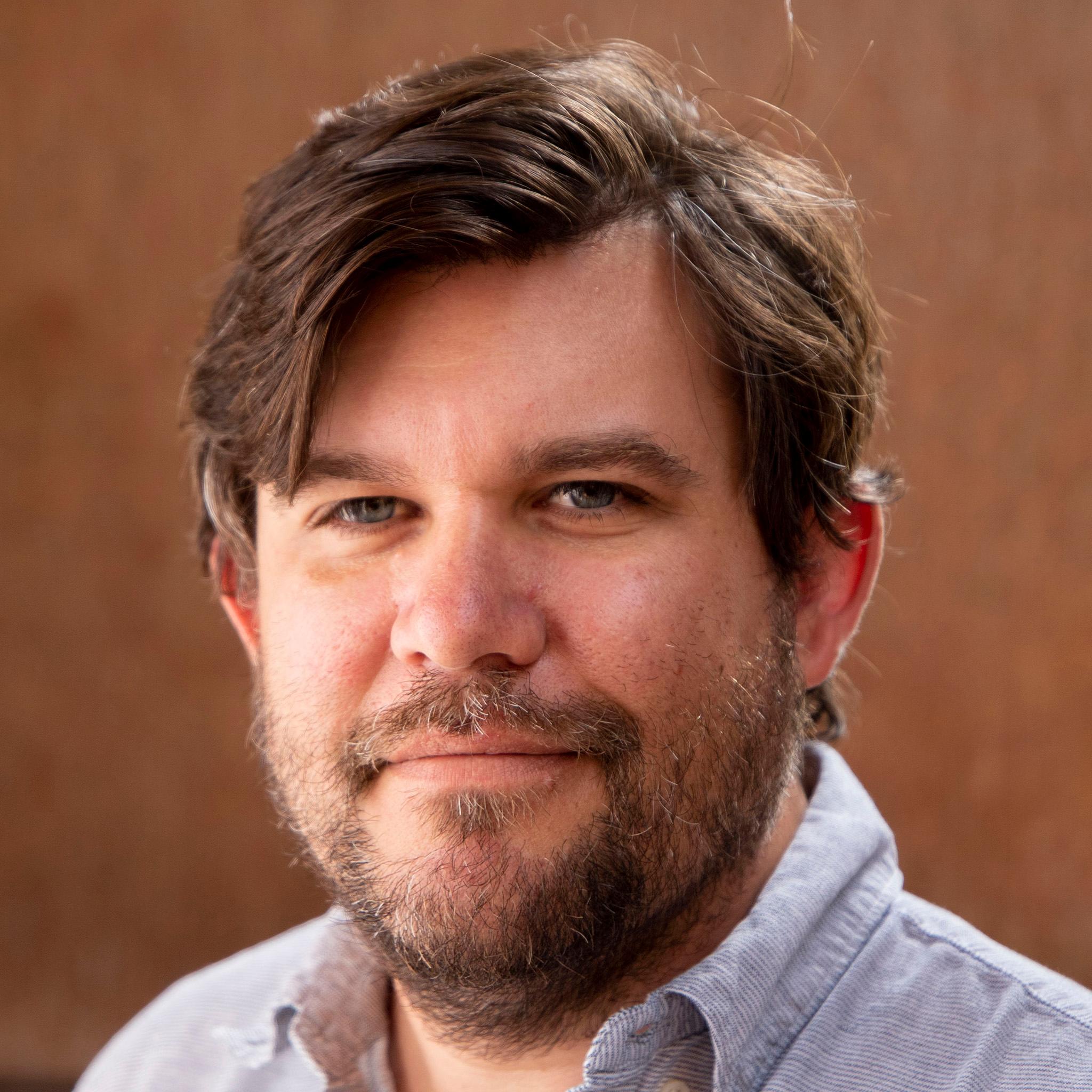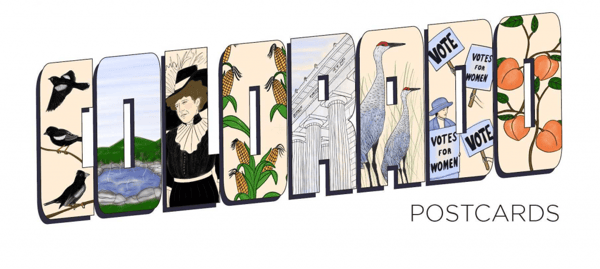
This week Hal tells us about another Messier object - M61.
We talked before about French astronomer Charles Messier and his famous list of astronomical objects. Remember that Messier was obsessed with finding comets, and kept getting irritated by seeing things that he thought were comets that turned out to be, well, not comets. So we can imagine his excitement on the night of May 5th, 1779, when he spotted what he was quite sure was a comet in the constellation Virgo.
For several nights he excitedly made notes about this new comet, until the fateful night of May 11th, when he realized the blur in his telescope was not moving across the sky, and therefore could not be a comet. He sadly labeled that object Messier object number 61, so the other comet hunters would ignore it.
As it turned out, M 61 is far more interesting than any old comet. With a telescope and a dark sky, you would be able to see that M 61 is actually a beautiful spiral galaxy. And it’s big. It has at least 300 billion stars, slightly larger than our own Milky Way. It’s about 60 million light years away, and is part of the Virgo cluster of galaxies.
M 61 shows signs of lots of signs of new star formation in its disk. And that’s probably a good thing, because M 61 also holds the record for something far more, well, explosive. Astronomers have observed no fewer than seven supernova explosions in M 61 in the last century. Supernovas are one of the most violent events in the universe. A single star going supernova can briefly outshine the combined light of the entire rest of the galaxy. To have seven such massive explosions in one galaxy is remarkable. So, while M 61 is having lots of babies, it doesn’t seem to end well for a surprising number of old stars. You might say that being in M 61 can be a blast.
If you’d like to take a closer look at M 61, or any of the other wonderful and amazing things in the sky, please visit KRCC.org or CSASTRO.org for a link to information on our monthly meetings and our free public star parties!
This is Hal Bidlack for the Colorado Springs Astronomical Society, telling you to keep looking up, Southern Colorado!







